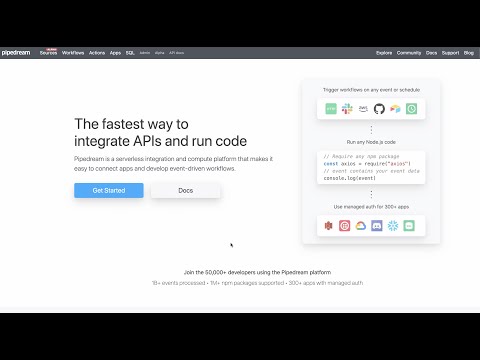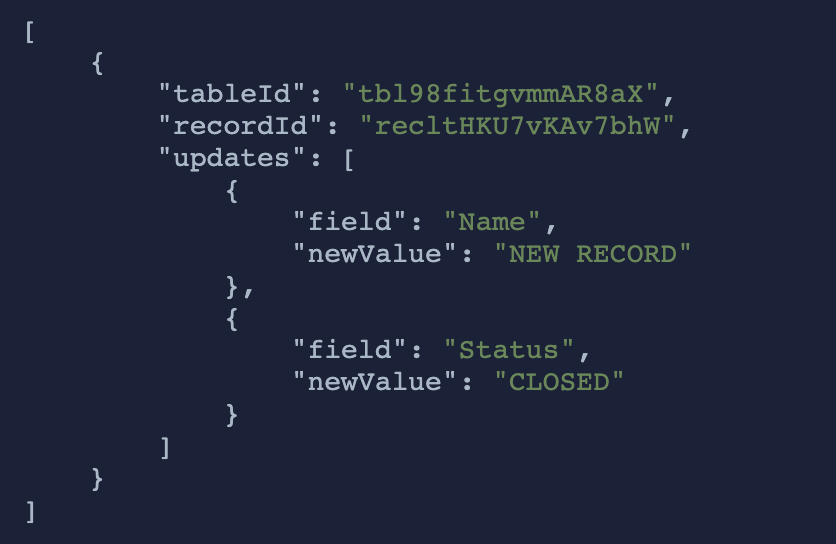What do you want to automate
with WebinarJam and Slack?
Prompt, edit and deploy AI agents that connect to WebinarJam, Slack and 2,800+ other apps in seconds.
Trusted by 1,000,000+ developers from startups to Fortune 500 companies
Popular WebinarJam and Slack Triggers#
Emit new event when a new message is posted to one or more channels
Emit new event when a message was posted in a direct message channel
Emit new events on new Slack interactivity events sourced from Block Kit interactive elements, Slash commands, or Shortcuts
Emit new event when a specific keyword is mentioned in a channel
Popular WebinarJam and Slack Actions#
Send a message to a public or private channel. See the documentation
Send a message to a user, group, private channel or public channel. See the documentation
Configure custom blocks and send to a channel, group, or user. See the documentation
Send a message as a threaded reply. See postMessage or scheduleMessage docs here
Send a message to a user or group. See the documentation
Overview of WebinarJam#
The WebinarJam API enables the automation of webinar management tasks, allowing users to seamlessly integrate their webinar data with other systems and services. With this API, you can programmatically create and update webinars, register participants, send custom notifications, and more. Leveraging Pipedream's serverless integration platform, you can create workflows that react to WebinarJam events, process data in real-time, and interact with countless other apps to optimize your webinar operations.
Connect WebinarJam#
import { axios } from "@pipedream/platform"
export default defineComponent({
props: {
webinarjam: {
type: "app",
app: "webinarjam",
}
},
async run({steps, $}) {
const data = {
"api_key": `${this.webinarjam.$auth.api_key}`,
}
return await axios($, {
method: "post",
url: `https://api.webinarjam.com/webinarjam/webinars`,
data,
})
},
})
Overview of Slack#
The Pipedream app for Slack enables you to build event-driven workflows that interact with the Slack API. Once you authorize the app's access to your workspace, you can use Pipedream workflows to perform common Slack actions or write your own code against the Slack API.
The Pipedream app for Slack is not a typical app. You don't interact with it directly as a bot, and it doesn't add custom functionality to your workspace out of the box. It makes it easier to automate anything you'd typically use the Slack API for, using Pipedream workflows.
- Automate posting updates to your team channels
- Create a bot to answer common questions
- Integrate with your existing tools and services
- And much more!
Connect Slack#
import { axios } from "@pipedream/platform"
export default defineComponent({
props: {
slack: {
type: "app",
app: "slack",
}
},
async run({steps, $}) {
return await axios($, {
url: `https://slack.com/api/users.profile.get`,
headers: {
Authorization: `Bearer ${this.slack.$auth.oauth_access_token}`,
},
})
},
})
Related Videos#


Community Posts#
